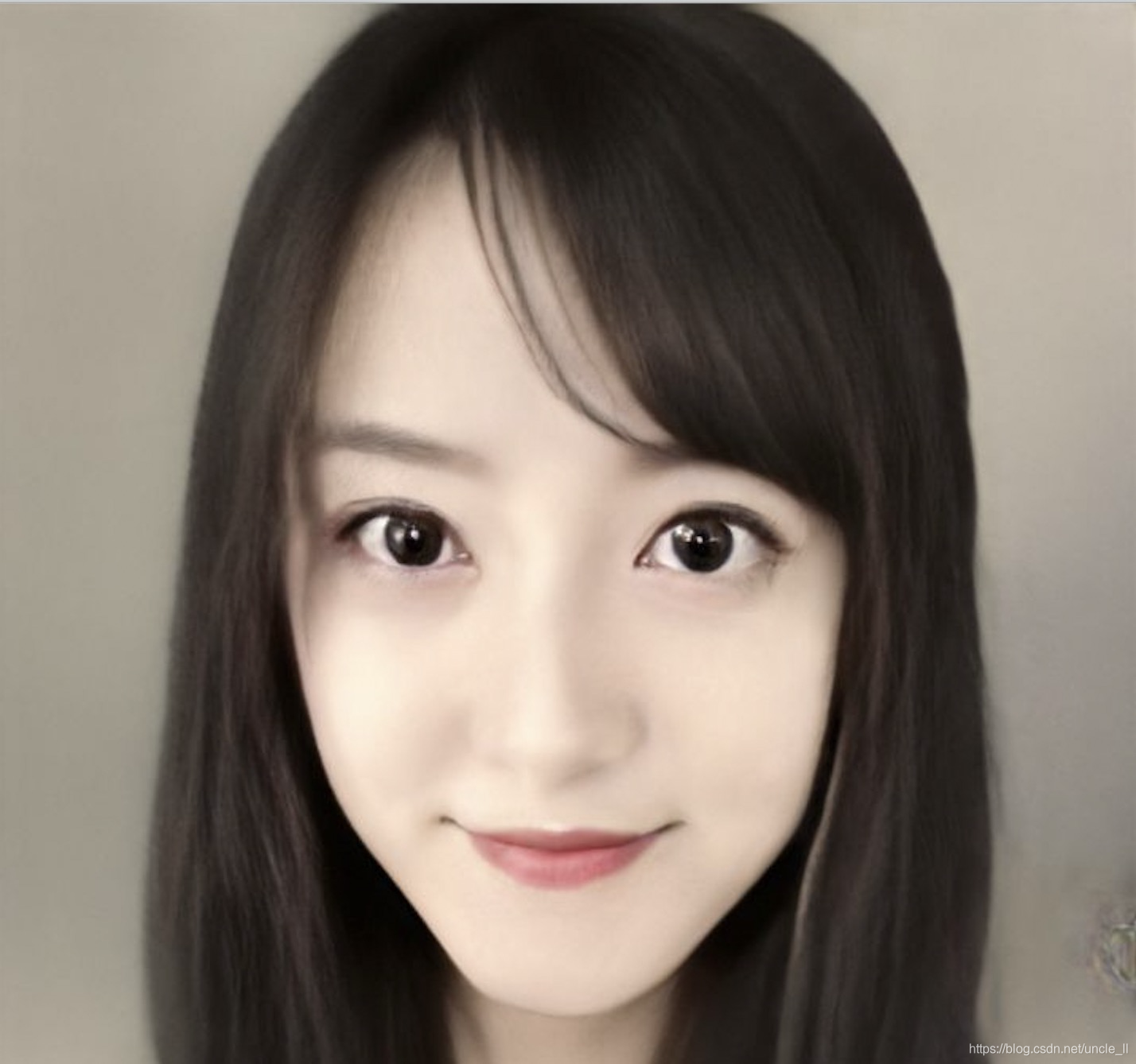人脸检测
随着人脸识别,人脸支付,换脸等业务等爆发,多的人都将目光放在人脸方面的研究上。可以说,人脸检测是目前所有目标检测子方向中被研究的最充分的问题之一,它在安防监控,人机交互,金融支付,社交和娱乐等方面有很强的应用价值,也是整个人脸识别算法的第一步。
问题描述
人脸检测的目标就是从图像中找到所有的人脸对应的位置,算法结果输出的是人脸在图像中所处的坐标。有些算法还会有其它的一些信息,比如性别,年龄,面部情绪等。详细的发展过程网上有很多的参考资料,这里不作过多的介绍。
Dlib
DLIB是包含机器学习算法和工具,一个现代化的C ++工具包。它在工业界和学术界使用非常广泛,包括机器人,嵌入式设备,移动电话,和高性能的计算环境。 DLIB有开源许可,因此可以在任何应用程序中免费使用。
详细介绍: http://dlib.net/python/index.html
实现的功能有很多:
使用起来也是比较简单的,首先进行安装:
pip install dlib
pip install opencv-python关于人脸检测这块的函数是get_frontal_face_detector
写一个测试脚本:
import cv2
import sys
import dlib
detector = dlib.get_frontal_face_detector() # init detector
img_file = sys.argv[1]
img = cv2.imread(img_file)
img_gray = cv2.cvtColor(img, cv2.COLOR_BGR2GRAY) # convert to gray img to speed
faces = detector(img_gray, 1) # detect input img, para 1 means 1 times upsamle
for face in faces: # may be many faces in one image
print(face)
y1 = face.bottom() # detect box bottom y value
y2 = face.top() # top y value
x1 = face.left() # left x value
x2 = face.right() # right x value
print(x1, x2, y1, y2)
# add detect box in image
cv2.rectangle(img,(int(x1),int(y1)),(int(x2),int(y2)),(0,255,0),3)
cv2.imshow('new.jpg', img)
cv2.waitKey(0)python test.py image1单人情况下,image1:  在这里插入图片描述
在这里插入图片描述
结果:
[(161, 247) (546, 632)]
161 546 632 247
多人情况下,img2:
结果:
关于get_frontal_face_detector的使用参数可以看下官方例子:
#!/usr/bin/python
# The contents of this file are in the public domain. See LICENSE_FOR_EXAMPLE_PROGRAMS.txt
#
# This example program shows how to find frontal human faces in an image. In
# particular, it shows how you can take a list of images from the command
# line and display each on the screen with red boxes overlaid on each human
# face.
#
# The examples/faces folder contains some jpg images of people. You can run
# this program on them and see the detections by executing the
# following command:
# ./face_detector.py ../examples/faces/*.jpg
#
# This face detector is made using the now classic Histogram of Oriented
# Gradients (HOG) feature combined with a linear classifier, an image
# pyramid, and sliding window detection scheme. This type of object detector
# is fairly general and capable of detecting many types of semi-rigid objects
# in addition to human faces. Therefore, if you are interested in making
# your own object detectors then read the train_object_detector.py example
# program.
#
#
# COMPILING/INSTALLING THE DLIB PYTHON INTERFACE
# You can install dlib using the command:
# pip install dlib
#
# Alternatively, if you want to compile dlib yourself then go into the dlib
# root folder and run:
# python setup.py install
#
# Compiling dlib should work on any operating system so long as you have
# CMake installed. On Ubuntu, this can be done easily by running the
# command:
# sudo apt-get install cmake
#
# Also note that this example requires Numpy which can be installed
# via the command:
# pip install numpy
import sys
import dlib
detector = dlib.get_frontal_face_detector()
win = dlib.image_window()
for f in sys.argv[1:]:
print("Processing file: {}".format(f))
img = dlib.load_rgb_image(f)
# The 1 in the second argument indicates that we should upsample the image
# 1 time. This will make everything bigger and allow us to detect more
# faces.
dets = detector(img, 1)
print("Number of faces detected: {}".format(len(dets)))
for i, d in enumerate(dets):
print("Detection {}: Left: {} Top: {} Right: {} Bottom: {}".format(
i, d.left(), d.top(), d.right(), d.bottom()))
win.clear_overlay()
win.set_image(img)
win.add_overlay(dets)
dlib.hit_enter_to_continue()
# Finally, if you really want to you can ask the detector to tell you the score
# for each detection. The score is bigger for more confident detections.
# The third argument to run is an optional adjustment to the detection threshold,
# where a negative value will return more detections and a positive value fewer.
# Also, the idx tells you which of the face sub-detectors matched. This can be
# used to broadly identify faces in different orientations.
if (len(sys.argv[1:]) > 0):
img = dlib.load_rgb_image(sys.argv[1])
dets, scores, idx = detector.run(img, 1, -1)
for i, d in enumerate(dets):
print("Detection {}, score: {}, face_type:{}".format(
d, scores[i], idx[i]))重点说明第二个参数,设置为1表示一次上采样,对原图进行上采样放大,能够使得检测器检测出更多的人脸。也可以设置为其它值,比如2,表示进行两次上采样。
